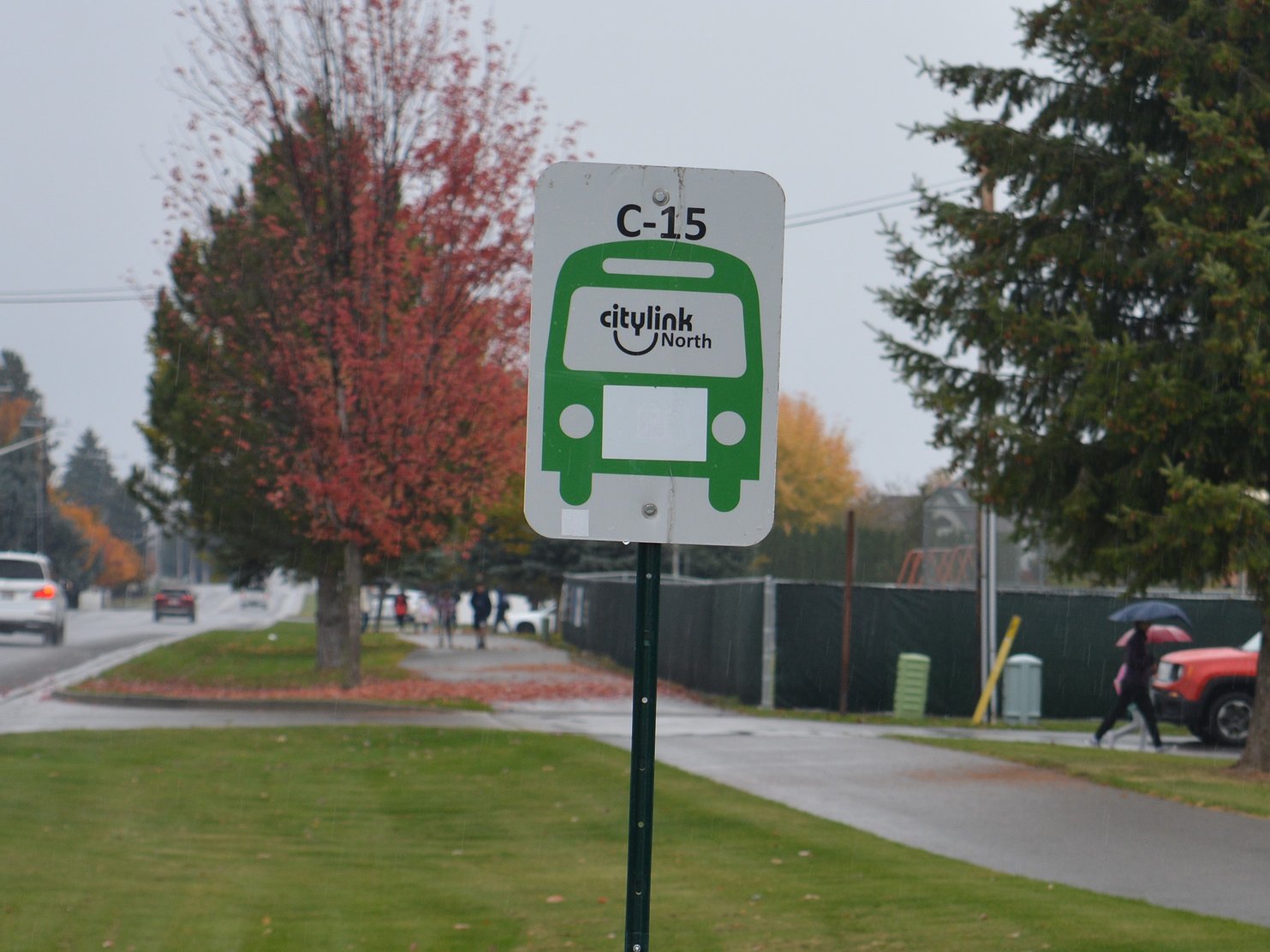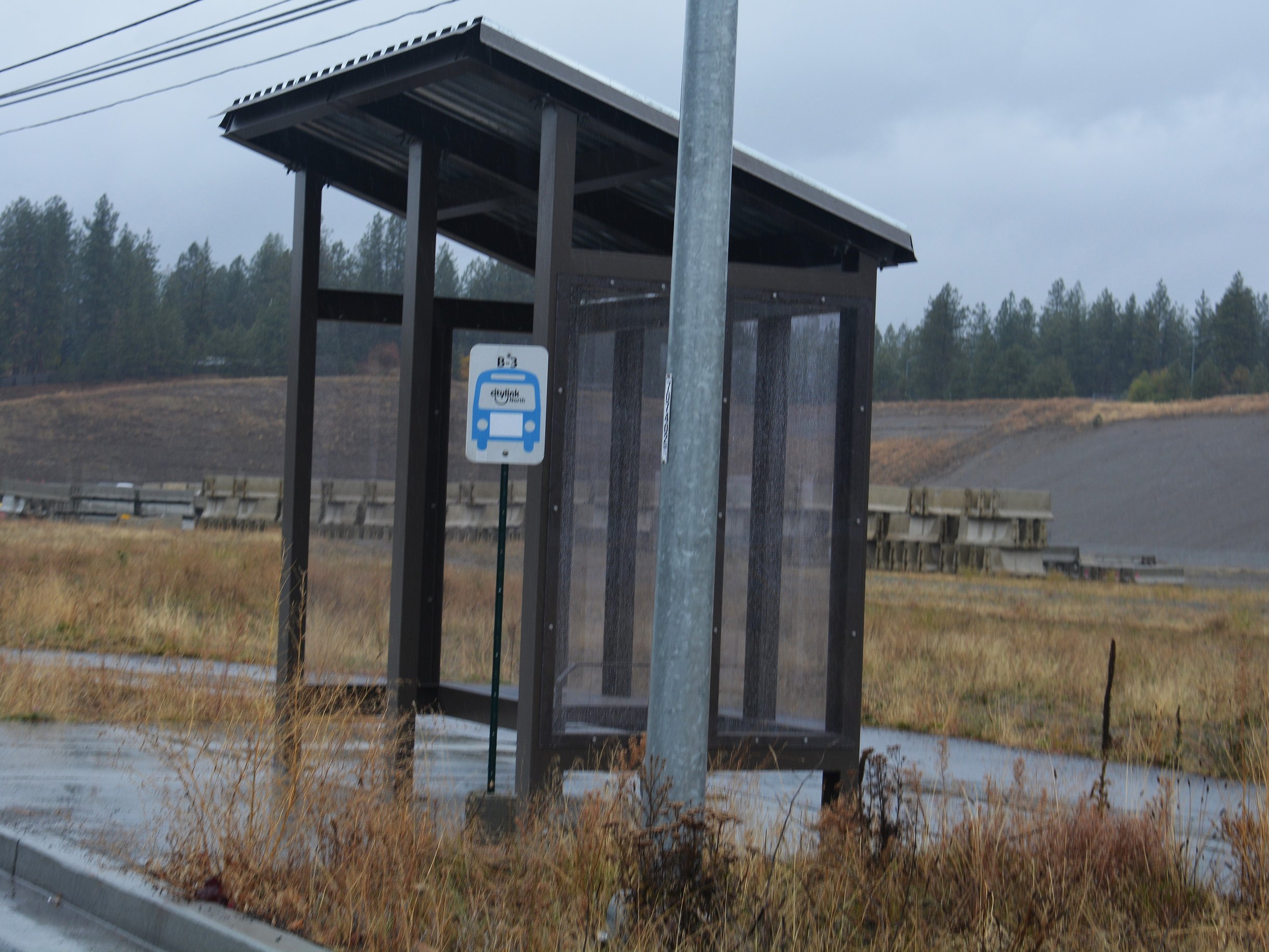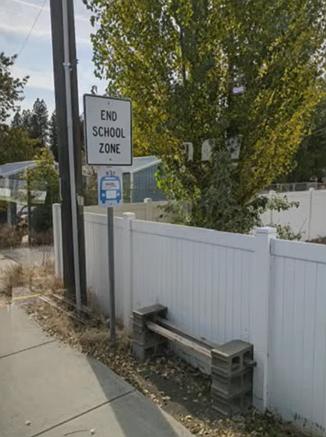
In Kootenai County, Citylink bus stops range from simple signposts to fully sheltered buildings, highlighting the diverse infrastructure of the regional transportation system.
Because the routes span multiple jurisdictions – including Coeur d’Alene, Dalton Gardens, Hayden, Huetter and Post Falls – improvements will require careful coordination. According to Citylink program manager Chad Ingle, some locations exemplify excellence, while others need significant upgrades.
“We would like to be involved in the design process to ensure a uniform system,” said Ingle.
The bus shelter at Panhandle Health’s Hayden facilities represents what officials consider the “gold standard,” while stops like those at Seltice Way and Cedar Street “can benefit from improved connectivity” with amenities like sidewalks and ADA-compliant landing pads.
Funding for Citylink comes from multiple sources. The program receives federal grants through the Transit Authority and the Idaho Transportation Department, with matching funds from several partners. The Coeur d’Alene Tribe contributes about $250,000 annually, while Coeur d’Alene has approved $104,298 for a year. The Post Falls City Council is considering a $41,624 contribution, and Kootenai County has budgeted about $64,000 for fiscal year 2025.
Post Falls City Councilman Randy Westlund, who recently visited the routes, compared the system to his experience with public transit in Boston.
“It serves the city quite well. There is certainly a population in the city that depends on this for daily needs,” Westlund said. However, he noted challenges in improving the facilities, especially regarding federal regulations.
“My biggest frustration with federal regulations is things like how we can’t make incremental improvements. If we decide we want to put a bench here, we trigger all these ADA requirements that we have to do at the same time,” Westlund explains.
Fixed bus stops are recognized as transit facilities and are subject to ADA standards. All stops must be easily accessible and usable by persons with disabilities, including persons using wheelchairs.
Ingle clarified the legal requirements: “Simply placing a sign on a pole does not qualify as construction. However, if a concrete foundation is poured or a passenger shelter is added, this is a construction or alteration, necessitating compliance with minimum accessibility standards. “
The system served about 100,000 riders last year. County Commissioner Leslie Duncan reported that Kootenai County is currently implementing Phase II of its strategic service plan, which includes systematic improvements to bus stops.
Recent discussions about the future of the system have sparked community interest. At a Future of Transit Town Hall meeting in October, about 100 residents attended, many expressing concerns about potential service reductions.
Commissioner Bruce Mattare has proposed changing the way cities share financial responsibility for the program.
“It is the province that has taken on all the responsibility and compliance,” he said, adding that regional growth has complicated meeting space needs. “Those costs shift to the entire tax base of the county and I can’t imagine how that’s right.”
 A Citylink North sign on Route C.
A Citylink North sign on Route C.
 A CityLink stop at Seltice Way and Huetter Road.
A CityLink stop at Seltice Way and Huetter Road.
 A makeshift bench at a stop on Route B on the Citylink.
A makeshift bench at a stop on Route B on the Citylink.